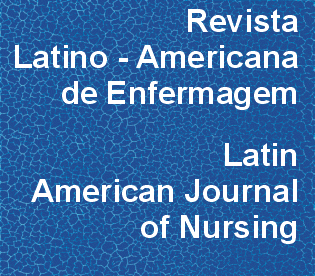Transcultural adaptation and validation of the Stanford Presenteeism Scale for the evaluation of presenteeism for Brazilian Portuguese
DOI:
https://doi.org/10.1590/S0104-11692013000100014Keywords:
Reproducibility of Results, Occupational Health Nursing, Occupational Health, Working ConditionsAbstract
OBJECTIVE: describe the process of transcultural adaptation and validation of the Stanford Presenteeism Scale for Brazilian Portuguese. METHODS: Methodological study of the cultural adaptation and validation of the tool which involved 153 nursing staff and included six aspects of equivalence, obtained through the following stages: translation, first version of consent, retranslation, specialist committee, pre-test, study of test-retest credibleness and dimensional validity. RESULTS: The stability of the items varied from moderate to almost perfect and the sequence constancy was almost perfect. Two factors were identified through the exploratory fact analysis: the first one included the physical aspects - completing work; and the second one the psychological aspects - avoided distraction . CONCLUSIONS: the results suggest adequacy of the tool in the Brazilian Portuguese version, indicating its use in the context of the study group and in similar groups, contributing to the study of evidences which consolidate strategies that favor the health conditions of the jobholders.Downloads
Download data is not yet available.
Downloads
Published
2013-02-01
Issue
Section
Original Articles
License
RLAE’s authorship concept is based on the substantial contribution by each of the individuals listed as authors, mainly in terms of conceiving and planning the research project, collecting or analyzing and interpreting data, writing and critical review. Indication of authors’ names under the article title is limited to six. If more, authors are listed on the online submission form under Acknowledgements. The possibility of including more than six authors will only be examined on multicenter studies, considering the explanations presented by the authors.Including names of authors whose contribution does not fit into the above criteria cannot be justified. Those names can be included in the Acknowledgements section.
Authors are fully responsible for the concepts disseminated in their manuscripts, which do not necessarily reflect the editors’ and editorial board’s opinion.
How to Cite
Transcultural adaptation and validation of the Stanford Presenteeism Scale for the evaluation of presenteeism for Brazilian Portuguese . (2013). Revista Latino-Americana De Enfermagem, 21(1), 388-395. https://doi.org/10.1590/S0104-11692013000100014



